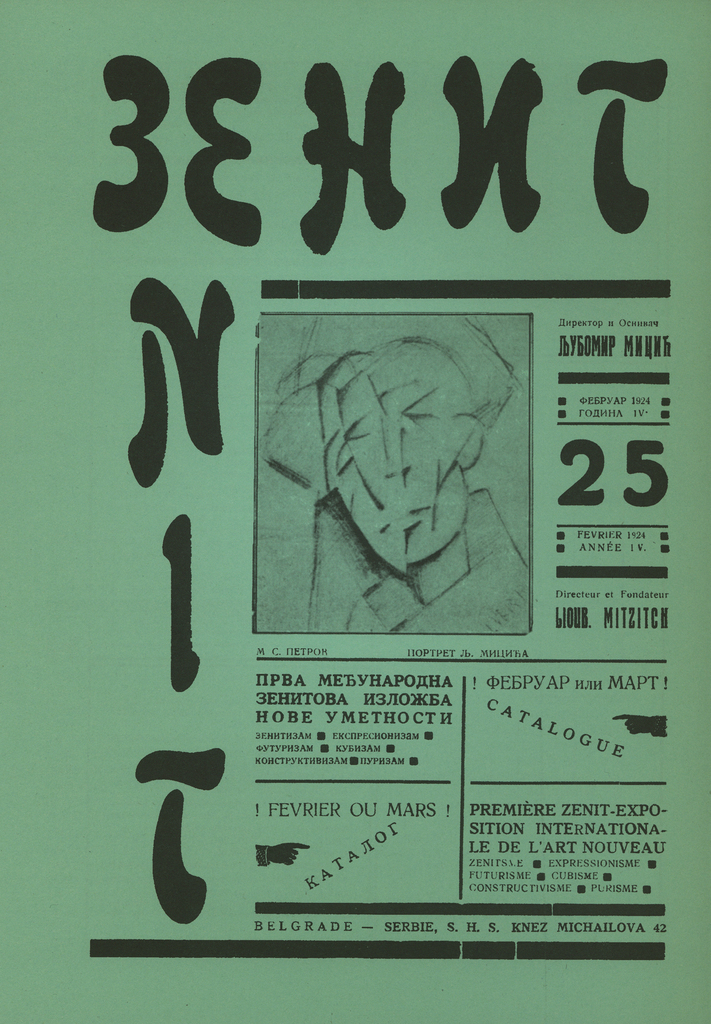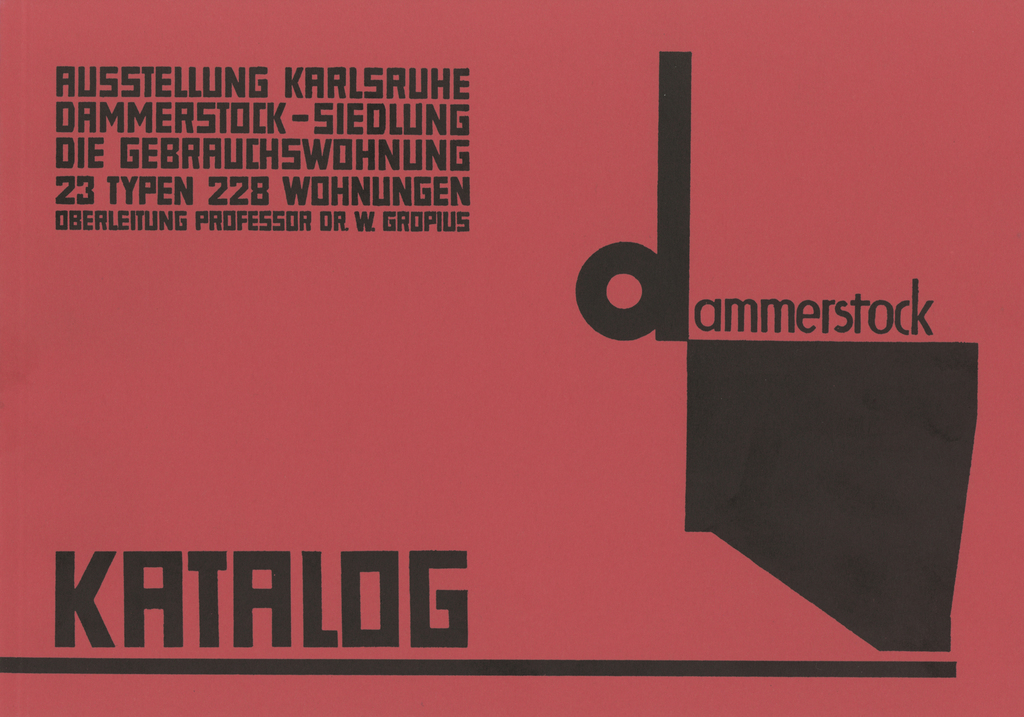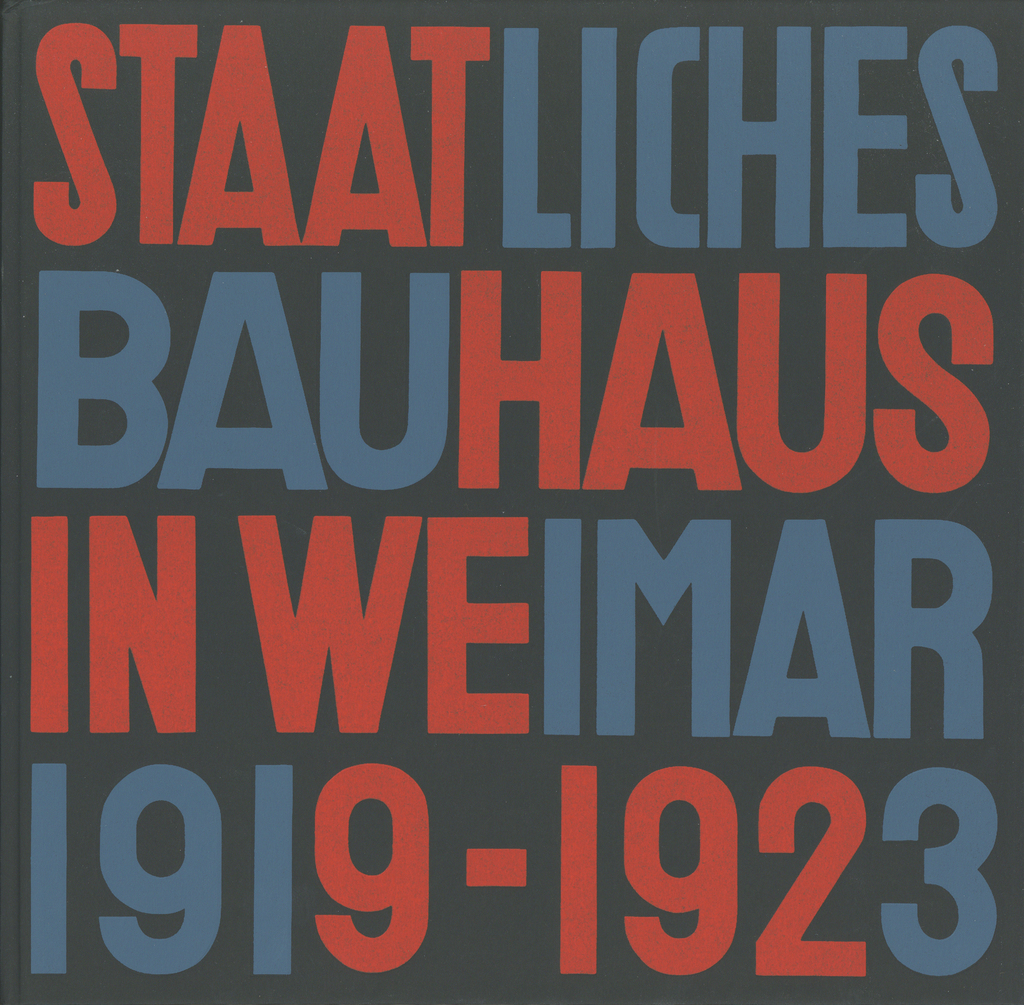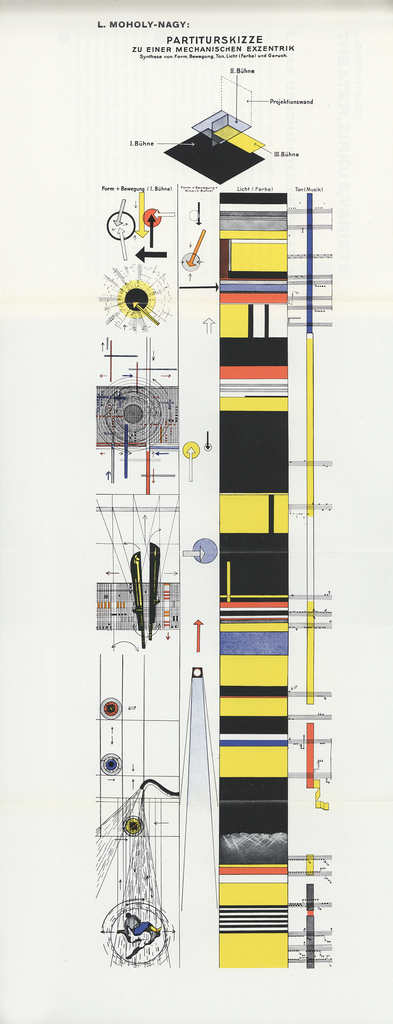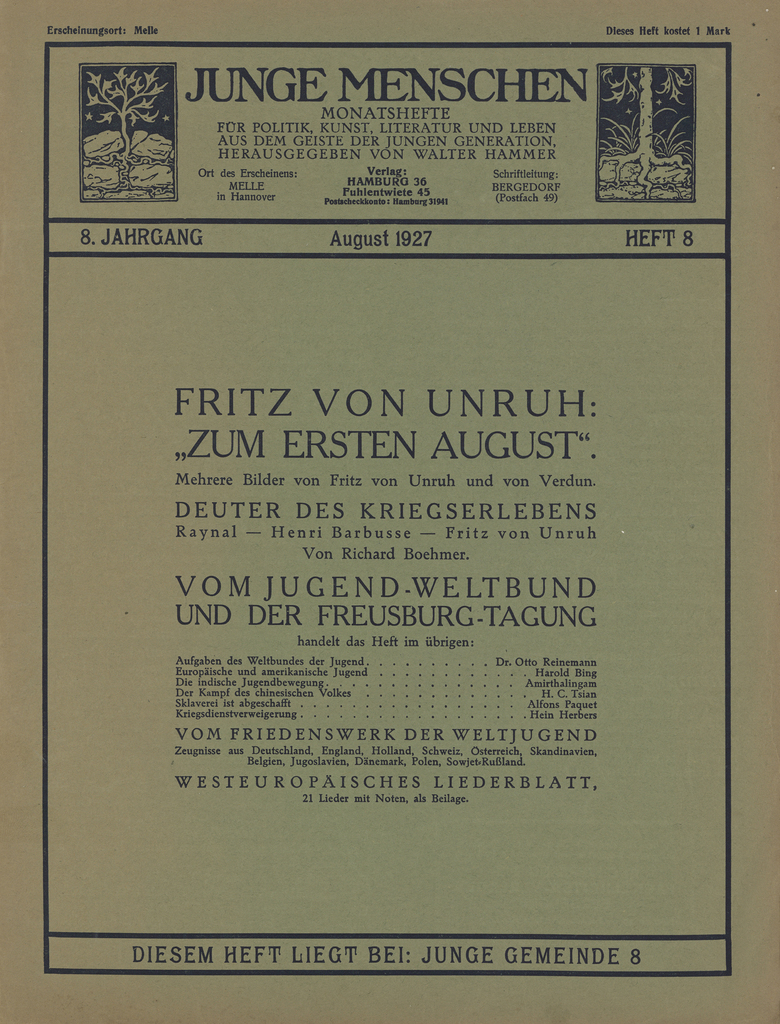Walter Gropius
Germany (1883—1969)After studying architecture in Munich and Berlin, Groupius started his career under Peter Behrens planning and building the AEG Turbine Hall of concrete, steel and glass. By the age of 27, he had his own practice in Berlin and was invited by Henry Van de Velde to teach in Weimar at his school. Having declined the invite, Gropius developed his idea of a institution that could bridge teaching and consultancy for industry, crafts and trade. In 1919, in Weimar he founded the State Bauhaus: a combination of teaching classes and practical training workshops. He remained the Bauhaus Director until 1927. Facing political resistance, Gropius relocated in Dessau in 1925 in the New Bauhaus Building and Masters Houses, designed by Groupius himself. With the Nazism advent, the Bauhaus closed and Gropius left Germany for England and later for US, as Professor of Architecture at Harvard. Breuer – whom Gropius wanted at the Bauhaus with him – followed him soon after and together they ran a joint architecture practice. He founded The Architects Collaborative (TAC), which was commissioned also the Harvard University Graduate Centre. He died in 1969 when 70 close friends, following his wishes, paid him tribute drinking champagne.
